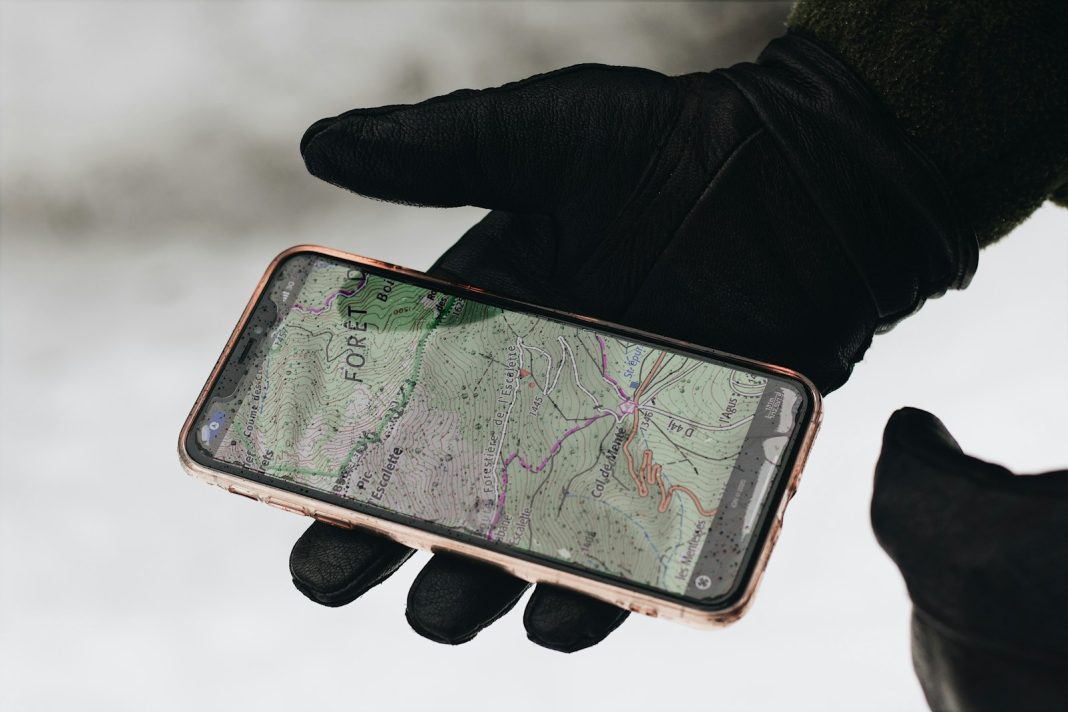In an era where smartphones act as omnipresent personal assistants, knowing how to manipulate their location settings can prove both intriguing and practical. Whether for exploring new apps, accessing geo-restricted content, or gaming adventures, the ability to spoof GPS location can be a handy tool. However, navigating this terrain requires careful consideration due to potential ramifications, as discussed below.
Understanding GPS Spoofing: A Double-Edged Sword
Modern smartphones, be it Apple’s iPhone or Android devices, are equipped with sophisticated location-tracking technology combining GPS, Wi-Fi, and cellular data for precise positioning. However, there are situations where users may wish to deceive their devices into believing they are somewhere else. This could involve testing location-specific functionalities in apps or circumventing regional restrictions for online services.
Risks and Considerations
Before delving into the techniques, it’s crucial to weigh the risks associated with spoofing GPS locations. Primarily, using such methods can disrupt essential services tied to accurate location data, such as emergency response systems like 999 or location-tracking features in Find My iPhone and Find My Android. The latter becomes particularly unreliable when a device is spoofing its location, potentially complicating efforts to locate lost or stolen phones accurately.
Moreover, many third-party applications designed to enhance or alter location services may detect such manipulations. While they cannot pinpoint the true location, they often flag such activities, rendering certain functionalities unusable until the spoofing ceases.
Using VPNs vs. GPS Spoofing
Distinguishing between VPNs and GPS spoofing is crucial. VPNs alter the perceived IP address, enabling access to geo-blocked content without affecting the device’s GPS location. On the other hand, GPS spoofing directly modifies the device’s internal location data, useful for applications that cross-check both IP and GPS data, such as sports blackout restrictions.
Spoofing on iOS Devices
For iPhone users, manipulating GPS data is notably challenging due to Apple’s stringent security measures. Apps purporting to spoof GPS on the App Store generally fail, relying on vulnerabilities or requiring jailbreaking, a risky process voiding warranties and compromising device security. A more reliable method involves connecting the iPhone to a computer running software capable of feeding fake GPS data to the device. Notable tools include iMyFone AnyTo and GeoPort, the latter being a free, open-source alternative that simulates locations via a connected computer.
Step-by-Step Guide for iPhone:
- Download GeoPort: Install the app on your computer and connect your iPhone via USB.
- Enable Developer Mode: Activate this mode on your iPhone to facilitate external GPS feeding. This often involves adjusting security settings and may require removing certain security features temporarily.
- Simulate Location: Using GeoPort, input desired coordinates or addresses to spoof your iPhone’s location. Verify changes by opening a maps application or other location-dependent apps on your device.
Spoofing on Android Devices
In contrast, spoofing GPS on Android proves more straightforward. Google’s Developer Mode allows users to designate a mock location app easily, such as “Fake GPS location,” available from the Play Store. This app enables users to simulate locations by selecting specific coordinates or addresses directly from their devices.
Step-by-Step Guide for Android:
- Enable Developer Mode: Navigate to device settings and activate Developer Mode.
- Install Fake GPS Location: Download and install the app from the Play Store.
- Select Mock Location App: Within Developer Options, designate Fake GPS location as the mock location app.
- Simulate Location: Open the app, input desired coordinates or addresses, and activate the mock location. Verify changes by checking location-based apps on your Android device.
While GPS spoofing presents practical advantages for certain user needs, it comes with inherent risks and ethical considerations. Users must exercise caution to avoid disrupting critical services and be mindful of potential detection by third-party apps. As smartphone technology evolves, so too will the methods to manipulate it, necessitating continued vigilance and responsibility from users engaging in such practices.
In summary, while GPS spoofing offers flexibility and utility in certain scenarios, users should tread carefully to mitigate potential drawbacks and ensure the integrity of essential device functionalities remains intact. As technology advances, the balance between innovation and responsibility in smartphone usage becomes ever more critical.
For those considering GPS spoofing, understanding the methods and implications outlined here will equip them to make informed decisions regarding their device usage and the implications on broader digital ecosystems.


